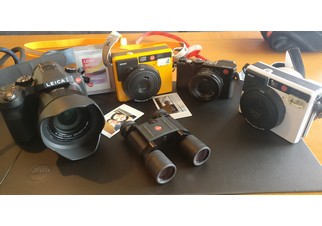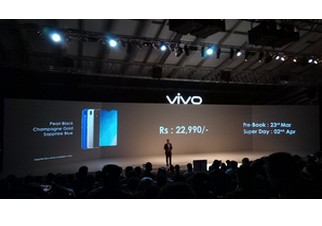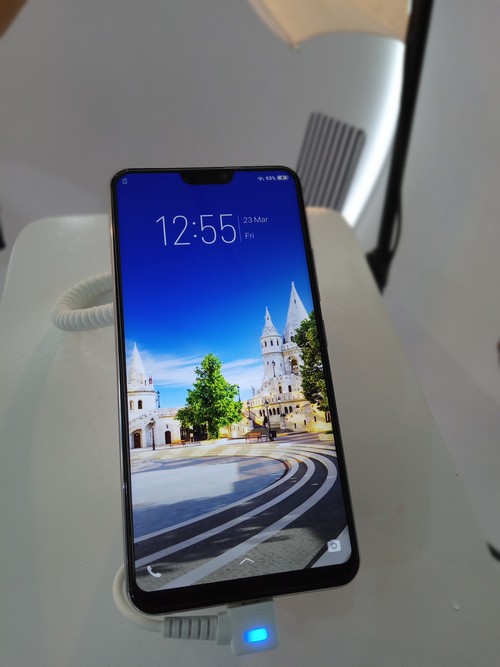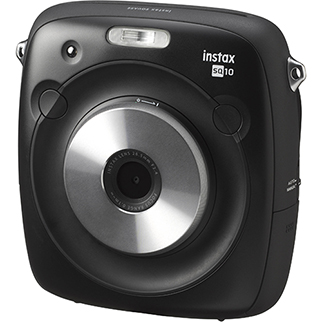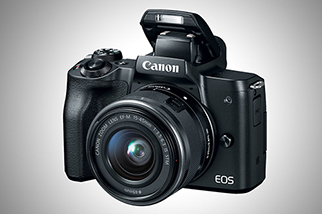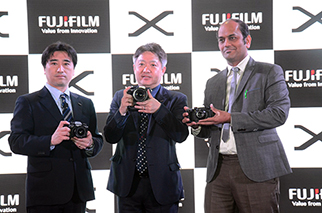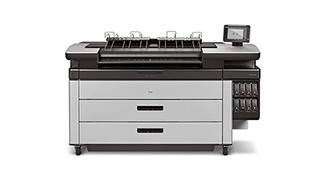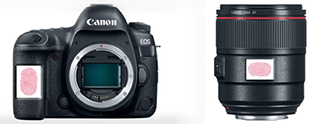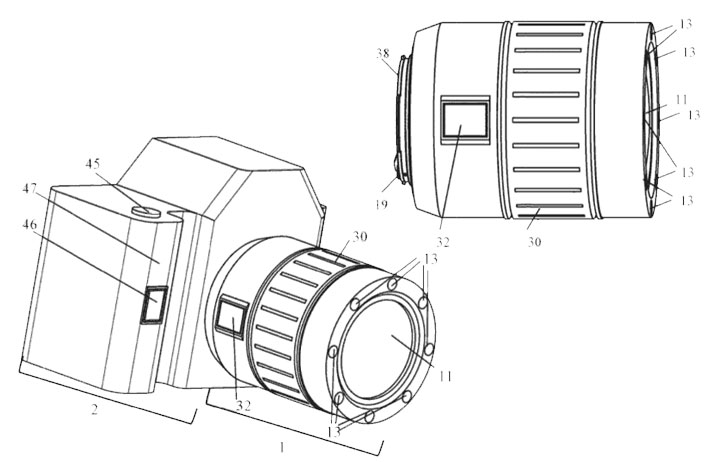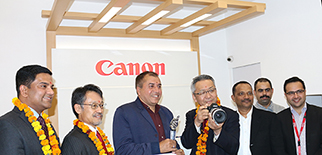HP recently announced two new printer
series in its digital printing portfolio – the HP PageWide XL 5100
printers and multi function printers that reportedly prints up to 50
percent faster output, enabling technical production providers to
grow AEC volume and expand business in color applications; and the HP
DesignJet T1700 printers, next-generation 44-inch solutions for CAD
and geographic information system (GIS) workgroups to produce highly
accurate documents and maps with powerful processing and a new level
of security.
HP PageWide XL 5100
According to the company, at speeds up
to 20 D/A1-size prints per minute with quick 28-second first page
out, the new HP PageWide XL 5100 printers and multifunction printers
joins the fastest printer portfolio in the market to equip enterprise
print rooms, central reprographic departments and reprographic houses
for enhanced mid-volume production in both color and monochrome. The
series reportedly delivers technical documents with quick turnaround
and low operating costs for architects and engineers, in addition to
geographic information system (GIS) maps and point-of-sale (POS)
poster applications.
“The debut of new HP PageWide XL
printers is another giant leap on the HP journey to offer continued
innovation in large format printing for the designers of the future,”
said , Mr. Devang Karia, Country Manager-Large Format Design,
PPS-GSB, HP Inc. India. “The breakthrough PageWide XL platform with
even faster printing speeds will also help our customers move the
needle for business with immediate monochrome and color prints
delivered from one unique printer.”
According to the company, with more
than 5,000 units shipped and 3 billion ft² (300 million m2) printed
since the HP PageWide XL printer launch in 2015, more customers are
discovering the value the market -leading HP PageWide XL printers
bring to businesses across the globe. HP PageWide XL printers do the
job of two printers in a single device, providing both monochrome and
color prints at breakthrough speeds: the Power of One.
According to the press release,
additional benefits of the new series include:
Set a new technical document standard
with crisp lines, 2-point text, smooth grayscales, and vibrant color.
Print/scan/copy in monochrome and color
with one single device in 50% of the time with a consolidated
workflow5.
New advanced functionality for the
integrated scanners such as smart background removal.
ISO 11798 certified HP PageWide XL
pigment inks provide long-term storage, light/water resistance.6
Help keep data safe—self-encrypting
HDD with AES-256, Secure Disk Erase, and IPSec.
The HP PageWide XL portfolio also
reportedly features new software solutions for increased
productivity. HP SmartStream offers two new modules. According to HP,
Document Organizer, enables the user to automatically rename large
volumes of files using innovative OCR technology, for significant
time savings in job management. Pixel Analysis, provides accurate
quotes before printing using the job pixel coverage. HP SmartTracker
software is a tool to help users control printing costs and enable
reimbursement. New features have also reportedly been introduced for
HP HD & SD Pro Scanners to improve operator productivity, image
quality and background cleaning capabilities. A new output tray is
also said to streamline both the scan and copy workflows.
HP DesignJet T1700
HP DesignJet T1700 printers
incorporates new added features that make it the most secure large
format workgroup printer available today. The improved security is
reportedly designed to help enterprises print CAD and GIS
applications while protecting printers and data from unauthorized or
malicious access in infrastructure construction, urban planning as
well as utilities industries such as oil, water, gas, and
electricity.
“Security is a top concern in
enterprises today as connected devices and increasingly open office
spaces are pervasive. At the same time, data breaches are growing at
an alarming pace. In the first half of 2017, the worldwide breach
level index was up more than 160%” said Mr. Devang Karia, Country
Manager-Large Format Design, PPS-GSB, HP Inc. India. “The HP
DesignJet T1700 Printer Series includes unique advanced security
technologies designed to keep corporate network printers, their
documents and data protected.”
According to the press release,
features include a new self-encrypting hard drive on the printer that
ensures it is only readable by the printer itself, even if removed
from the device. For additional device security, HP Secure Boot
ensures BIOS protection, and Whitelisting only allows approved
firmware to be installed and run on the device.
With GIS files constantly growing in
size with the increase in their complexity and data, the new 44-inch
HP DesignJet T1700 printer is said to offer a new, powerful
processing architecture using a 500 GB hard disk to smoothly process
this information and improve the printing experience of GIS
practitioners. The first workgroup large-format printer to embed the
Adobe PDF Print Engine, it can also more efficiently handle very
heavy files, freeing up PCs in virtually no time to continue working.
The company claims that the HP
DesignJet T1700 also brings improved color quality and precision for
more accurate maps and renderings, enabling GIS workgroups to make
better decisions. A new set of six HP Bright Office Inks with tuned
colors profiles and a High Density Printhead deliver bold color and
accurate image quality, in addition to more precise colors, including
gray and soft tones.
Additionally, HP Click printing
software included in this series can be used by everyone on the team
to easily print project sets and PDF documents.


